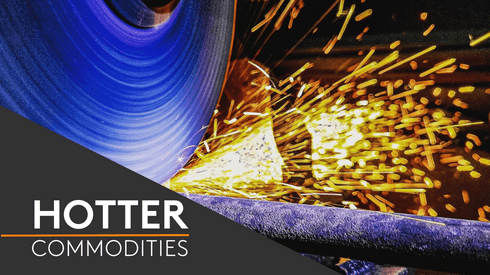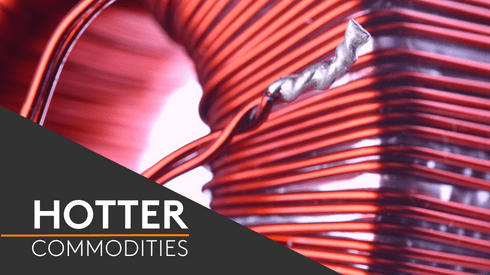Copper’s outright price on the LME was recently seen at $6,535 per tonne, slipping below nearby resistance levels despite an overnight high of $6,650 per tonne, while turnover was moderate at just over 6,100 lots exchanged as of 10am London time.
Selling pressure continues to mount against tight forward spreads for LME copper, with the red metal’s benchmark cash/three-month spread holding in a backwardation of $16.25 per tonne.
But it was weak economic data out of Europe that prompted the sharp decline in LME copper, while the rest of the complex consolidated broadly lower against the data.
Of note, Germany’s flash services PMI for the July-August period fell to 50.8, missing expectations for a reading of 55.3, but the country’s flash manufacturing PMI improved to 53, beating the forecast 52.2.
Yet similar PMI data out of Spain and France showed declines in both categories, and while the United Kingdom impressed over the period, the dataset showed that the economic recovery in Europe may not be as robust as anticipated.
“The euro’s rally has come to a halt this week on growing concerns that coronavirus is coming back strongly in parts of Europe and will hurt the economic recovery,” Thinkmarkets analyst Fawad Razaqzada said in a morning report.
“In fact, economic activity has already slowed down according to the latest Purchasing Managers’ Indices from Germany and especially France, where Covid-19 cases have risen sharply since July. Investors will now be cautious about buying the euro as the weakness in data and the rising Covid-19 cases both raise questions about whether more stimulus will be needed,” he added.
Other highlights
- Elsewhere in the complex, the three-month zinc price continued to trade below the $2,500-per-tonne resistance level over the morning, while turnover was moderately thin at just over 2,700 lots exchanged as of 10.30am London time.
- Meanwhile, LME nickel’s outright price was the best performer over the morning, ticking 0.6% higher and recently trading at $14,700 per tonne. Price action was boosted by another fresh cancelation of some 2,016 tonnes out of LME-registered warehouses in Asia and the United States.
- In other commodities, Brent crude oil futures were down by 0.48%, recently trading at $45.21 per barrel.
- The West Texas Intermediate (WTI) was recently at $42.46 per barrel, a decline of 0.88%.
- Meanwhile, the dollar index remained in negative territory, recently trading at 93.





